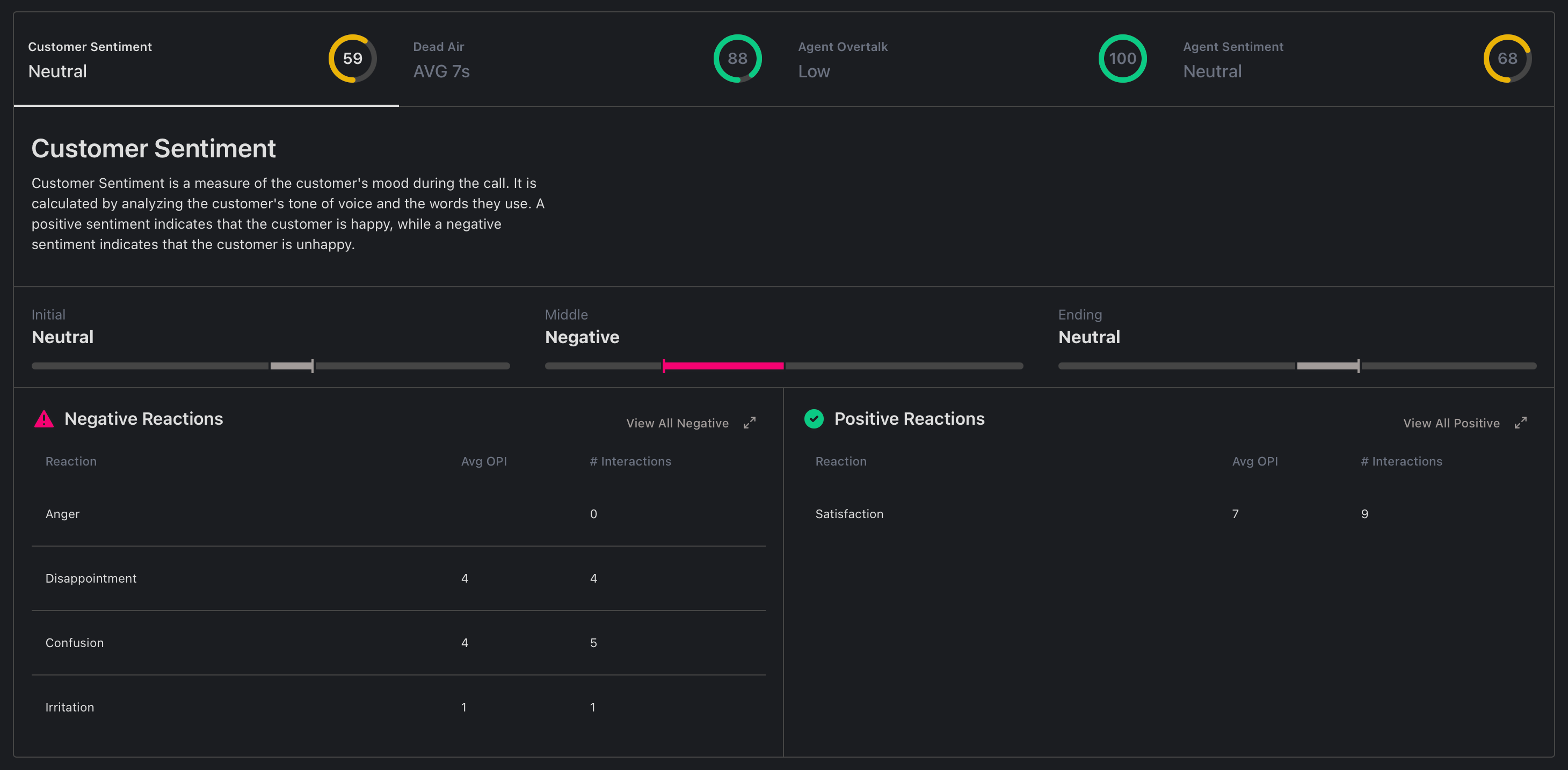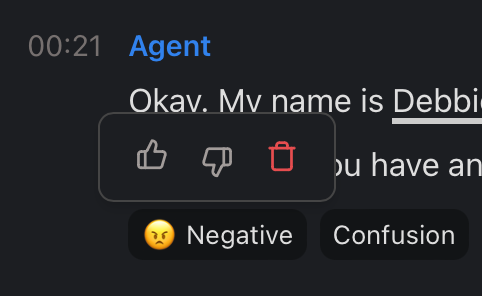What is Sentiment?
Sentiment is a mental attitude based on our emotions. Simplified, it can be expressed as a binary - either positive or negative. There are deeper, and often multiple emotions that inform our sentiment. And while emotions can come and go quickly, sentiment is longer lasting.
You can imagine negative sentiment as being embodied by the A-Team's B. A. "Bad Attitude" Baracus. Sure, in general, he had a negative attitude, but B. A. also felt a range of emotions, including positive emotions like joy and satisfaction at times. Templeton "Faceman" Peck, on the other hand, is your A-Team embodiment of positive sentiment. His general good attitude belies some darker emotions. Maybe you’ve never seen the A-Team - I get it. Here’s 15 seconds that will help you understand exactly what I mean about the sentiment each of these characters embodies.
What is Sentiment Analysis?
In the simplest terms, Sentiment Analysis is the process of uncovering sentiment and turning it into data. It's understanding if a customer is more B.A. or Face when it comes to you, your brand, or their current experience. Of course, there's a lot of technical stuff that goes into that - NLP (Natural Language Processing), NLU (Natural Language Understanding), and even AI (Artificial Intelligence) can play a role in attributing sentiment based on a conversation.
The Evolution of Happitu's Sentiment Analysis
When we began providing Sentiment Analysis, the binary was what you got. We'd provide a score for the agent and a score for the customer for every interaction. We aggregated these two scores on the dashboard in our Service Quality section. Useful? Of course! But we knew we could provide even more insights.
Emotional Moments

We began by identifying specific emotions being expressed during interactions. Disappointment, Confusion, Irritation, and Satisfaction are all pinpointed within the conversation. Remember, sentiment is based on emotions. Understanding the specific emotions being expressed can help you identify the source of those emotions. Once you know the source, you can lean into drivers of positive emotions and mitigate drivers of negative emotions.
Sentiment Arcs

While Sentiment is more durable than emotion, it can (and does) change. We wanted to uncover those changes to understand agent performance and aggregate performance of contact centers. Were customers coming in with a furrowed brow like B. A. yet leaving smiling like Faceman because of great agents and/or great processes and procedures? Using Channel and Highlight filters allows you to discover differences by call driver or business unit.
Feedback is a Gift!

Typically with AI services, you’re dealt with whatever the model predicts.These models are trained on a general dataset that may have no relevance to your business. We wanted to provide a simple but powerful way for our partners to help train and reinforce our sentiment engine in alignment with their business. So we did just that! When you hover over sentiment tags in the transcript, you can give it a thumbs up to reinforce the model or a thumbs down to help fine-tune the model for more accuracy.
Can Sentiment Analysis Replace VoC (Voice of Customer) Surveys?
Surveys like CSAT (Customer Satisfaction), NPS (Net Promoter Score), and CES (Customer Effort Score) have long been used to understand how customers feel about specific interactions with a company and how they feel about the company as a whole. Surveys, of course, have their challenges. Response rates are typically quite low and most of us feel some degree of survey fatigue. Because results are often used as an agent performance metric, many of us are unwilling to punish agents with bad scores even if our experience wasn't great.
Sentiment Analysis doesn't have response rate issues and it's an accurate depiction of the customer's sentiment during the interaction. But contact center-based Sentiment Analysis cannot provide any insight into customers who aren't interacting with your contact center. Depending on your business, that could be a lot of customers! Periodic surveys are still a great way to understand how customers feel about your products and services.
Want to learn more about how our Conversational Analysis platform can help your plan come together? (That’s another A-Team reference #SorryNotSorry) Set up your free demo today!



